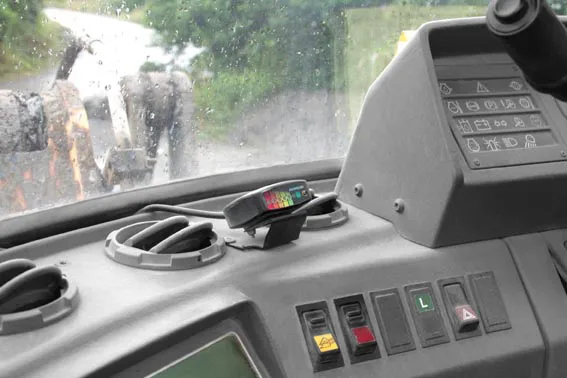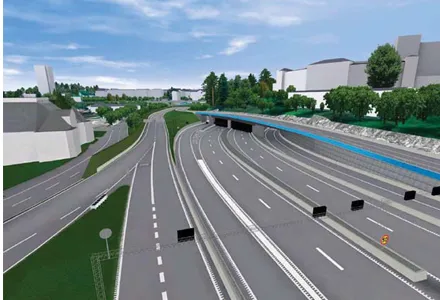A sophisticated fog warning system is now being used in the Italian city of Venice to help reduce traffic accidents.
March 2, 2012
Read time: 1 min
A sophisticated fog warning system is now being used in the Italian city
of Venice to help reduce traffic accidents. The city and the
surrounding region suffers from fog at certain times of the year, which
has been noted as a major safety hazard for road users. This new system
uses data from land-based visibility sensors as well as satellites to
provide a comprehensive view of fog conditions. This is of note as it is
one of the first such systems to be introduced worldwide. The system is
said to provide reliable fog warnings that prevent accidents and save
costs.








